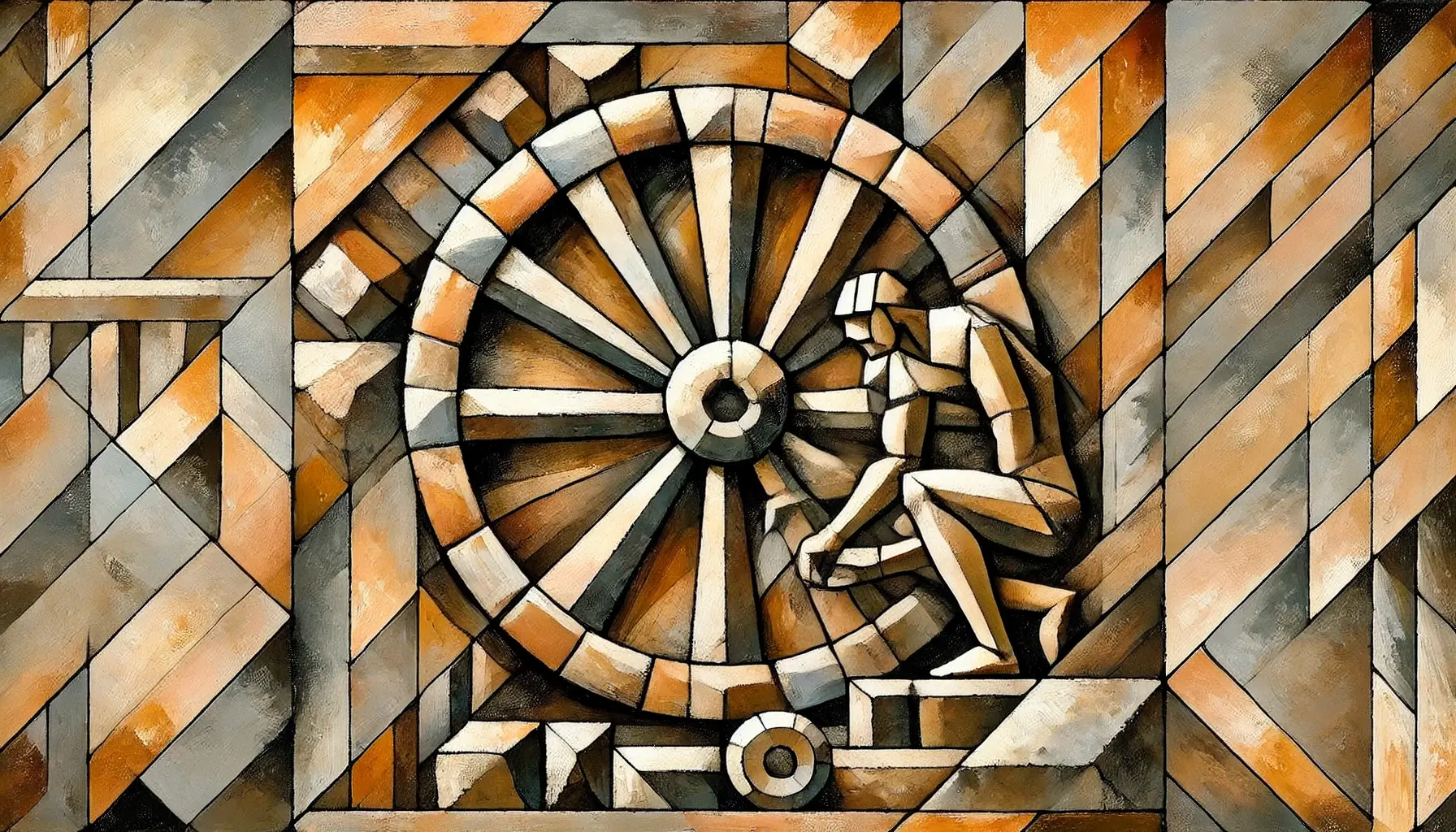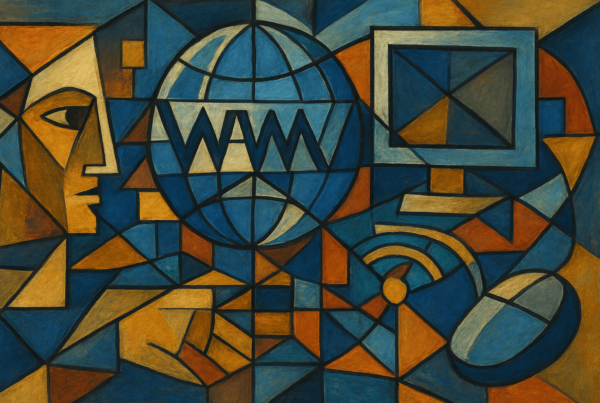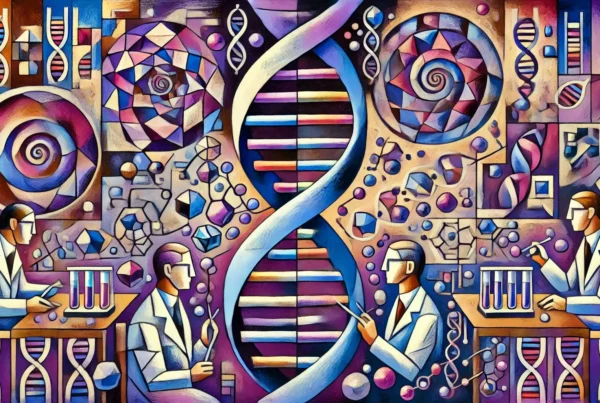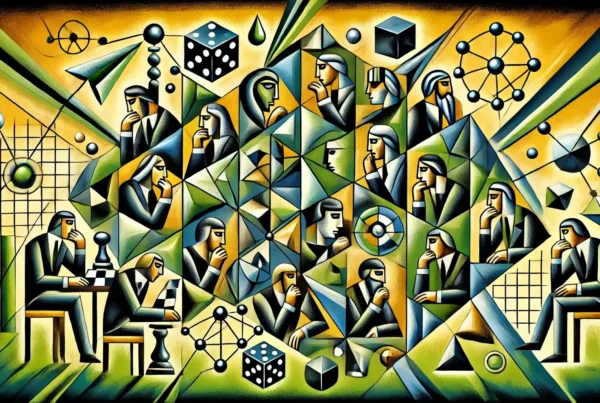Innovation often begins with simplicity—an idea so fundamental that it becomes the cornerstone for countless advancements. Among these groundbreaking inventions, the Wheel stands as one of the most transformative technologies ever conceived. Dating back to around 3500 BCE, the wheel’s invention revolutionized transportation, machinery, and engineering. Its design, seemingly simple yet infinitely versatile, became essential for human progress.

As part of the Klypup Celebrates series, we honor the invention of the Wheel through a Picasso-inspired Cubist composition. The artwork’s fragmented circles, angular forms, and overlapping planes evoke the dynamism and efficiency of the wheel, emphasizing how a single concept can inspire generations of technological breakthroughs. From transportation and machinery to the very foundation of computing, the wheel’s influence remains ubiquitous.
Why Klypup Celebrates the Invention of the Wheel
The Wheel is more than just a tool for movement—it is the engine of innovation itself. Its initial use in transportation, pottery, and agriculture laid the groundwork for the development of more complex mechanical systems. As civilizations advanced, the wheel found new applications in clockwork mechanisms, industrial machinery, and eventually, the intricate systems powering modern computing.
The wheel’s importance to modern technology cannot be overstated. Within mechanical devices, wheels, gears, and pulleys work together to create motion, efficiency, and control. In the realm of computing, the concept of rotational motion is essential for hard drives, cooling fans, and various other hardware components that make digital systems function seamlessly. Even in the context of cloud automation and optimization, the wheel serves as a metaphor for continuous improvement, efficiency, and innovation.
When considering Generative AI, the wheel’s legacy persists. The evolution from mechanical systems to computational frameworks involved numerous stages of technological advancement—many of which relied on the wheel’s principles. For instance, the rotary mechanisms of early computing machines, such as Charles Babbage’s Analytical Engine, incorporated wheels and cogs to process information. Today, while digital systems have replaced physical wheels with algorithms, the foundational concept of efficiency and iterative improvement remains rooted in the wheel’s original purpose.
For Klypup, a company focused on cloud automation and optimization, the wheel symbolizes both simplicity and scalability. Just as the wheel enabled societies to build more efficient systems of transportation and manufacturing, Klypup strives to optimize digital infrastructure by breaking down complexity and streamlining processes. The principles of motion, efficiency, and adaptability that define the wheel are reflected in Klypup’s commitment to empowering businesses through automation.
Depicting the invention of the wheel through Picasso’s Cubist style adds another layer of meaning. The fragmented forms and intersecting planes convey the countless iterations and adaptations of the wheel throughout history. From pottery wheels to modern engines, and from analog devices to digital platforms, the wheel’s journey is one of continuous evolution.
The vibrant, angular composition also reflects the dynamism of technological progress—an ever-turning wheel of innovation where each revolution brings new possibilities. In the realm of Generative AI, this is particularly relevant. Algorithms like transformers and neural networks are designed to process information iteratively, improving their outputs with each pass, much like a wheel that gains momentum as it rolls forward.
Conclusion
Klypup Celebrates is not merely a tribute series; it is a recognition of the foundational breakthroughs that continue to shape our world. The invention of the Wheel is a testament to humanity’s ability to harness simplicity and transform it into complex systems capable of driving technological progress.
Without the wheel, no modern machine would function. Its principles of rotation, efficiency, and scalability have permeated every aspect of engineering, computing, and innovation. From early mechanical devices to the intricate systems powering Generative AI, the wheel’s influence endures.
By honoring the invention of the Wheel through Cubist-inspired art, Klypup acknowledges the ingenuity of those who laid the groundwork for future advancements. Just as the wheel continues to be essential for machines, Klypup strives to be the essential engine that drives cloud automation and optimization forward.
In the end, progress is about building upon foundational ideas and reimagining them for new contexts. Whether through mechanical systems or digital architectures, the wheel’s legacy continues to inspire innovation—one revolution at a time.






